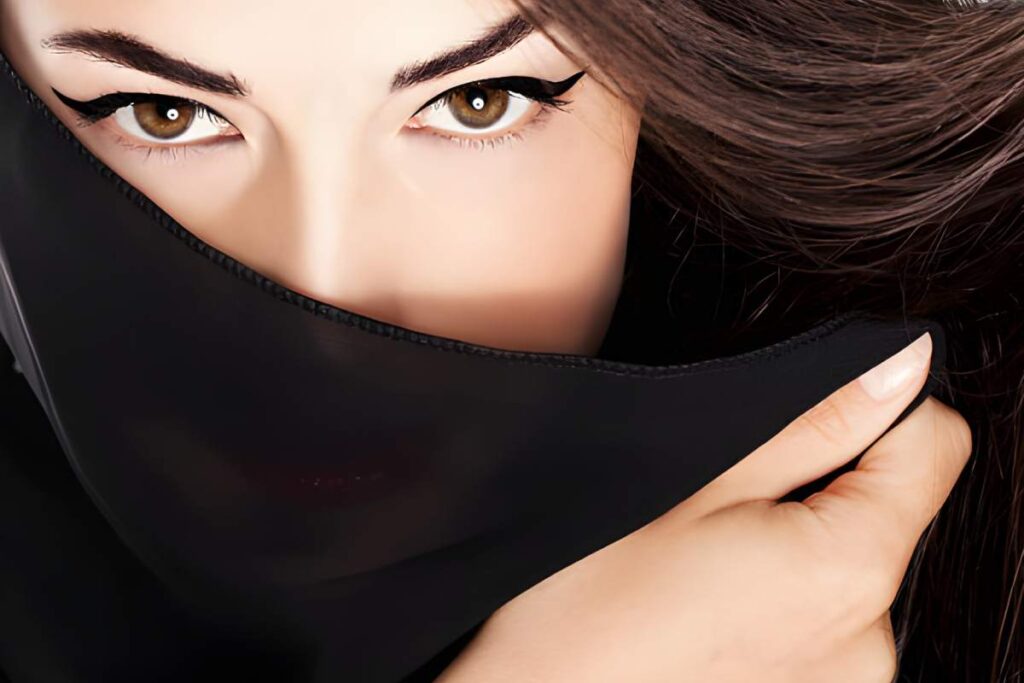You’ve bought that cheap, cute scarf from a fast-fashion store. It looked great for a few weeks. Then it started to pill. It lost its shape. Maybe it even started to feel scratchy. Now it sits in the back of your closet, a reminder of a wasted thirty bucks. Sound familiar?
This is the cycle many Canadian scarf shoppers can’t seem to break. We need warmth and style, but we often settle for pieces that fail us. This guide is different.
Enough with scarves that fall apart after one winter. Let’s get straight to what matters: which fabrics won’t pill, what stitching actually holds, and how to tie the thing without a three-step tutorial. Our goal? To help you find one scarf you’ll reach for every winter, not another dud for the donation bin.
Stop Guessing: How to Spot a Quality Scarf by Touch
Forget the label. A great scarf announces itself the moment you pick it up. You can feel the difference before you even check the price. It’s an instinct that you can learn.
A cheap scarf feels like nothing in your hands—light, thin, and almost hollow. A good one has a satisfying weight to it. The fabric feels dense and substantial, not flimsy.
Go ahead, rub it against your neck right in the store. If it feels scratchy now, just wait for a windy February day. It won’t magically get softer.
Here’s what you need to check for right now:
- The Fabric Tag: Your fingers should find words like merino wool, cashmere, or thick cotton.
- The Edges: Look at the hem. Is it sewn neatly? Are there any loose threads? Sloppy edges mean it will fall apart fast.
- The Stretch Test: Gently pull the fabric. Does it spring back, or does it stretch out and stay there? Good fabric recovers its shape.
- The Pill Test: Rub a small area firmly with your thumb. Does it immediately start to ball up? That’s a sign of poor quality.
Your Scarf Should Fit Your Life
Scarves aren’t universal. The perfect scarf for a construction worker in Winnipeg would suffocate a barista in Vancouver. Your scarf needs to match your actual daily grind, not some idealized winter fantasy.
Think about your real routine. Are you standing on a freezing train platform for twenty minutes, or just dashing from your car to the office? Be honest. Buying a delicate cashmere wrap for dog walking in a slushy park is just setting money on fire.
Here’s the real deal on what works for Canadian lives:
- Merino Wool: This is the gold standard for a reason. It’s warm without being bulky. It’s soft, not itchy. It handles moisture well. This is your best bet for deep winter.
- Cashmere: Pure luxury, no question. It’s shockingly warm for how little it weighs and feels as soft as everyone says. Yes, the price tag is higher, but a quality piece isn’t just for one winter.
- Thick, Woven Cotton: Perfect for spring and fall. It’s breathable and durable. Look for a dense weave to block the wind.
- Acrylic/Wool Blends: On a tight budget? A blend can be okay. Just make sure wool is the first listed material. Avoid 100% acrylic — it pills terribly and doesn’t breathe.
How to Tie a Scarf in 30 Seconds Flat
You don’t need a YouTube tutorial for this. The best scarf knots are stupidly simple. They should keep you warm, look put-together, and not come undone when you’re rushing to work.
Stop overcomplicating it. A few classic methods are all you need. These work for almost every scarf shape and size. They’ll make even a simple coat look more intentional and stylish.
Master these three easy ties:
- The Once-Around: Drape the scarf about your neck so one end is longer. Wrap the long end around your neck once. Let both ends hang down. Done.
- The Simple Knot: Crease the scarf in half. Drape it around your neck. Pull the two loose ends finished the loop. Adjust for tightness. This is your most secure, warmest option.
- The Front Tuck: Drape the scarf around your neck with ends even. Tuck both ends inside your coat. This looks clean, polished, and blocks wind from getting down your neck.
Stop Buying Scarf Disposables
It’s time to stop treating your scarves like temporary accessories. One properly chosen scarf that you love will always beat a drawer stuffed with disappointing impulse buys. This is the “buy it once” mentality.
If you’re ready to find a scarf that won’t let you down, you need a reliable source. For Canadian shoppers looking to end the search, it’s time to discover where to buy quality scarf collections in Canada.
The curated selection at Olsen is built for our climate, focusing on durable materials and timeless designs that work season after season. Find your forever scarf and stop wasting money on the rest.


